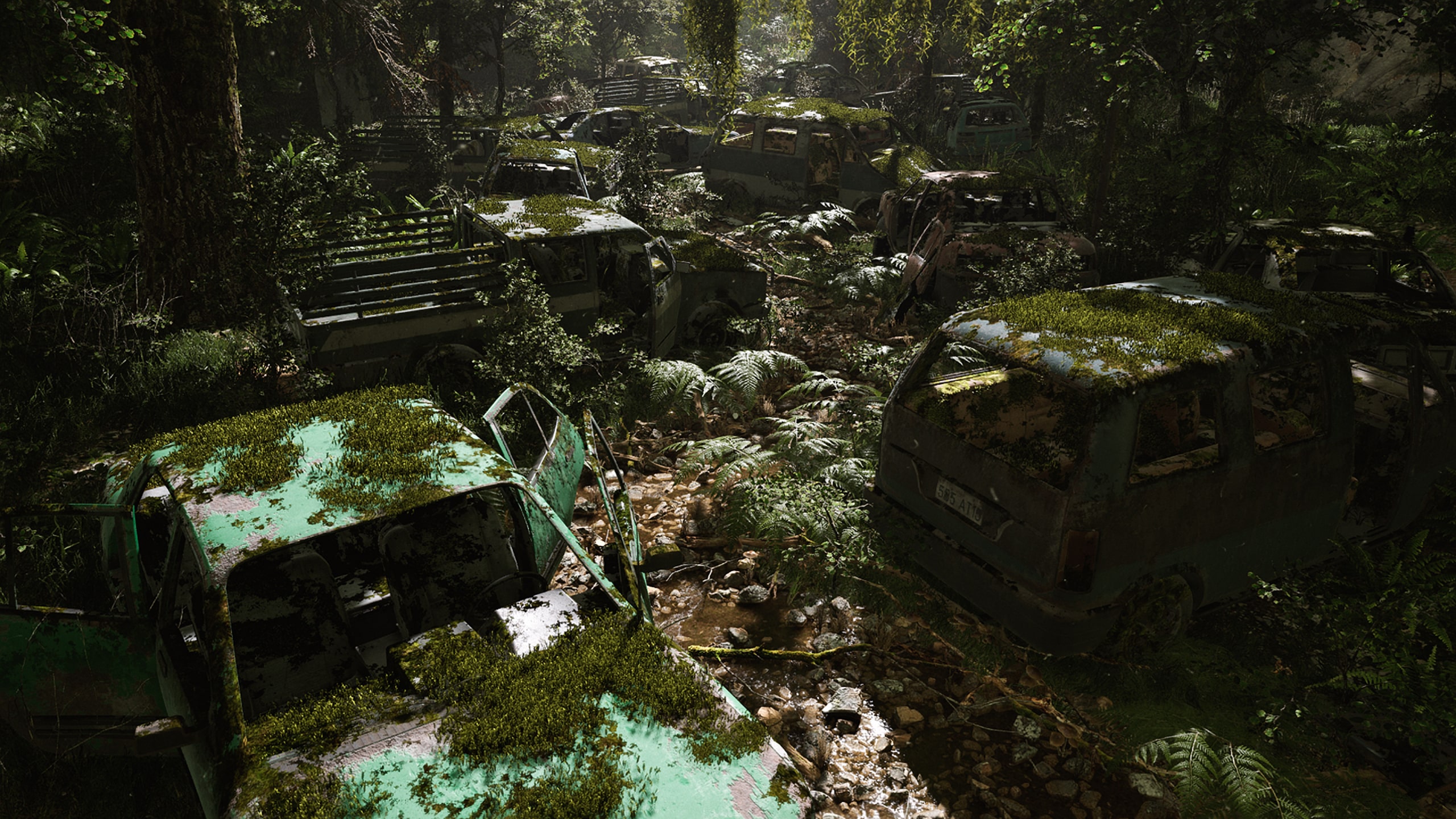Artist Spotlight: Exploring the Complexities of Environment Art with Olga Gimbicka
We’re thrilled to be back with an all-new Artist Spotlight where we have with us the immensely talented Olga Gimbicka, level artist and creator of: Ruins, Forest and several other detailed environment masterpieces.
As a highly skilled 3D artist, Olga brings a wealth of knowledge to the table when it comes to foliage design, game development, and complex level art. At Quixel, we’ve been captivated by her work for years and couldn’t wait to sit down with her and uncover some of her secrets.
So, let’s dive in and discover what makes Olga such an exceptional artist!
In her own words…
Q. Hello Olga, it’s a pleasure to welcome you to the Quixel blog. Could you please take a moment to introduce yourself to our community?
Hi there! My name is Olga. I have been a full-time level artist for about four years. The last few years I have been working on Unity in my workspace and only learnt Unreal Engine in my spare time. This year has been a step ahead for me, as I switched jobs and took on a role where I work in Unreal Engine 5 full time!

Q. From where do you draw inspiration for your projects?
For me, inspiration comes from many sources. I draw inspiration from the world around me, whether it’s nature or the urban environment. I’m also a big fan of video games, movies, and books, so those often inspire me as well. And of course, I’m constantly inspired by the amazing artwork that I see on platforms like Artstation.
Seeing the incredible work that other artists are creating is always motivating and pushes me to improve my own skills.

Q. How do you incorporate pre-made assets in to your work?
When it comes to my personal projects, I always incorporate Megascans assets as they have a vast library that contains everything I need. Additionally, I enjoy creating my own assets using Megascans as a base, especially with the advanced Modeling mode within Unreal Engine.
It’s amazing that I can do everything in one single software. If I need more assets, I sometimes use those available on the Unreal Marketplace or Sketchfab.
Overall I would say, combining pre-made assets with my own work has allowed me to create detailed and immersive environments efficiently.
Q. What are the key steps and considerations you take into account? How do you go about creating the first scene in your creative process?
When starting a new project, I always begin with a rough sketch to map out my ideas. Then, I open up Unreal Engine and start creating a blockout. This is a crucial step for me because it helps me establish the main composition, add basic lighting, and determine the key elements of the scene.
Once I have the blockout, I move on to creating the “big environment” by adding a landscape and searching for the main assets in the Megascans library. I try not to add too many details during this stage, as it allows me to focus on fixing any composition issues that may arise.
After I’m happy with the overall look and feel of the scene, I then move on to adding more intricate details. This includes tweaking materials to improve the color palette, working with lighting, and adding post-processing effects and visual effects.
Throughout the entire process, I keep in mind the overall theme and mood of the scene. I also make sure to consider factors such as performance optimization and user experience, as these are crucial elements that can greatly impact the final result.
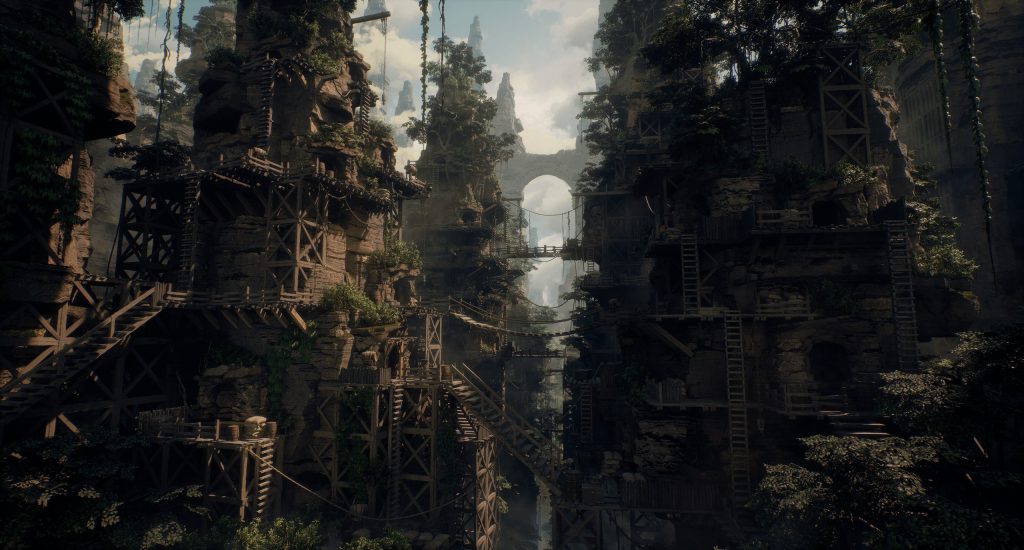

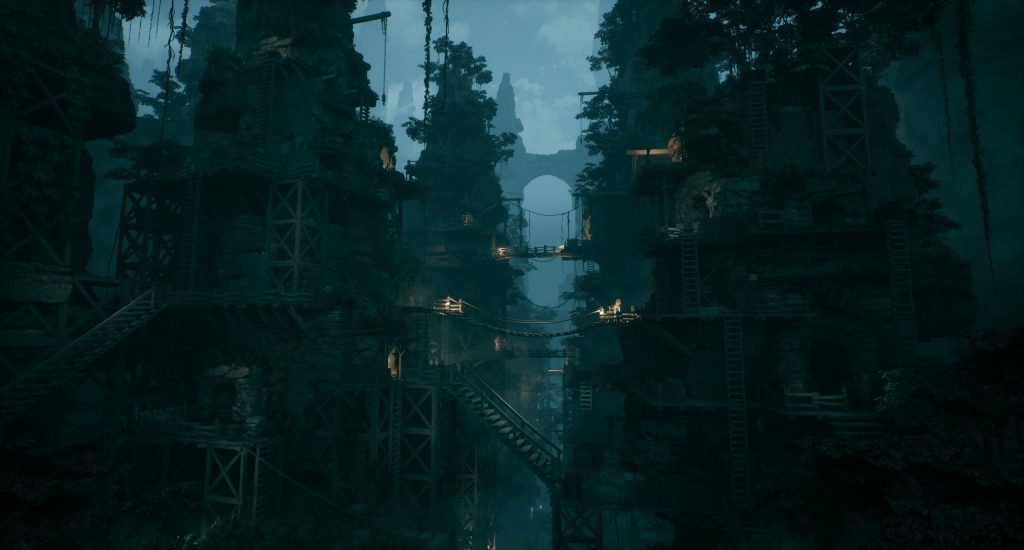
Q. How long did it take to create the VILLAGE environment in its entirety?
To create the Village environment, I worked on it in my spare time after work, sometimes in the evenings and on weekends. In total, it took me about a month to complete.
Q. How long does it typically take for you to create a 3D environment in its entirety? Are there any major challenges or obstacles you encounter during the process?
It can be different. When I am particularly enthusiastic about an idea, I can become completely absorbed in it, disregarding everything else around me. During these times, I often find myself seated at the computer desk, creating art in just a matter of days. However, there are instances where I struggle with completing a scene.
I find myself either running out of unique ideas or feeling dissatisfied with what I have created. During such times, seeking input from my friends has proven to be immensely helpful. By showing them my artwork and soliciting their opinions, I am able to gather valuable feedback that inspires new ideas and motivates me to continue.
Q. What can we look forward to seeing from you next?
In the past, I used to exclusively work on personal projects that were based on my own ideas. However, more recently, I have begun reaching out to fellow artists on Artstation to inquire about collaborating on projects based on their concepts.
I am thrilled to say that they have been gracious enough to permit me to do so, and I am excited to have the opportunity to work on such amazing concepts.
Stay tuned to my profiles for some exciting upcoming work!
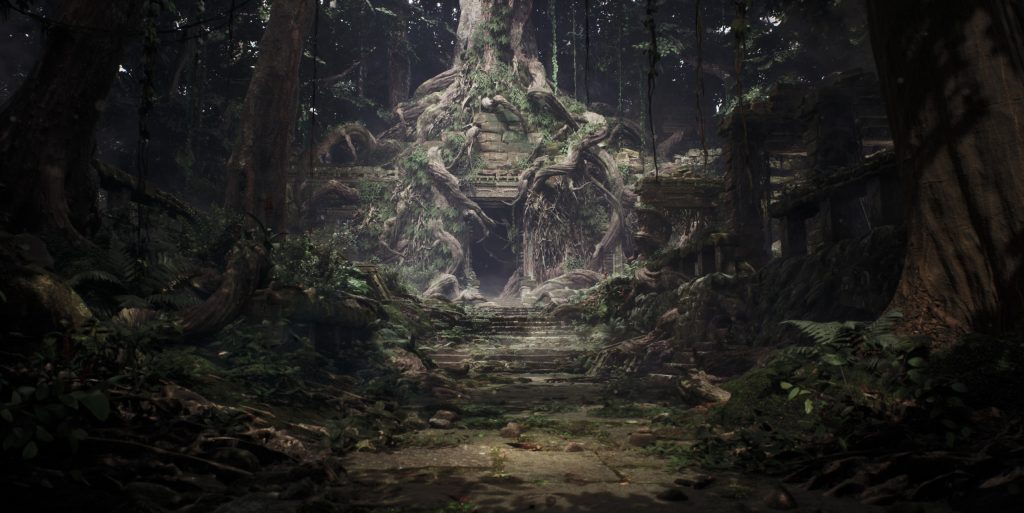
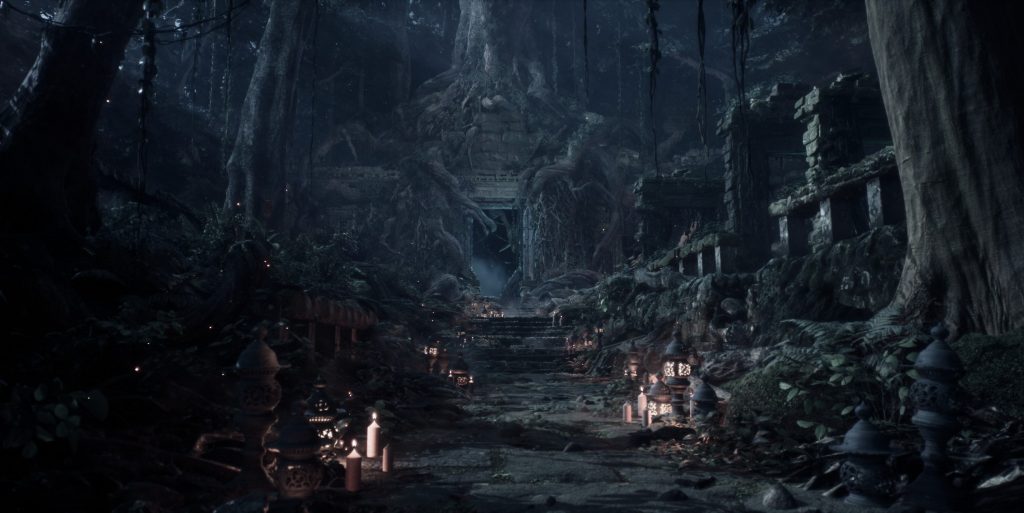
Q. What do you consider to be your most outstanding achievement as a 3D artist/designer so far?
Being able to switch between mediums, by teaching myself new skills and techniques. Also, I’ve got a new job! I will be working on the continuation of my most favorite game. It is very important to do what you really love.
Q. Anything you would like to add or say to the Quixel community?
I’d like to finish by thanking Quixel for giving me the opportunity to tell a little about myself. I want to share my first “Village” scene which I made in Unreal Engine. I wasn’t happy with the result, so I studied and made a new one.
Don’t be afraid of mistakes, every experience is important!
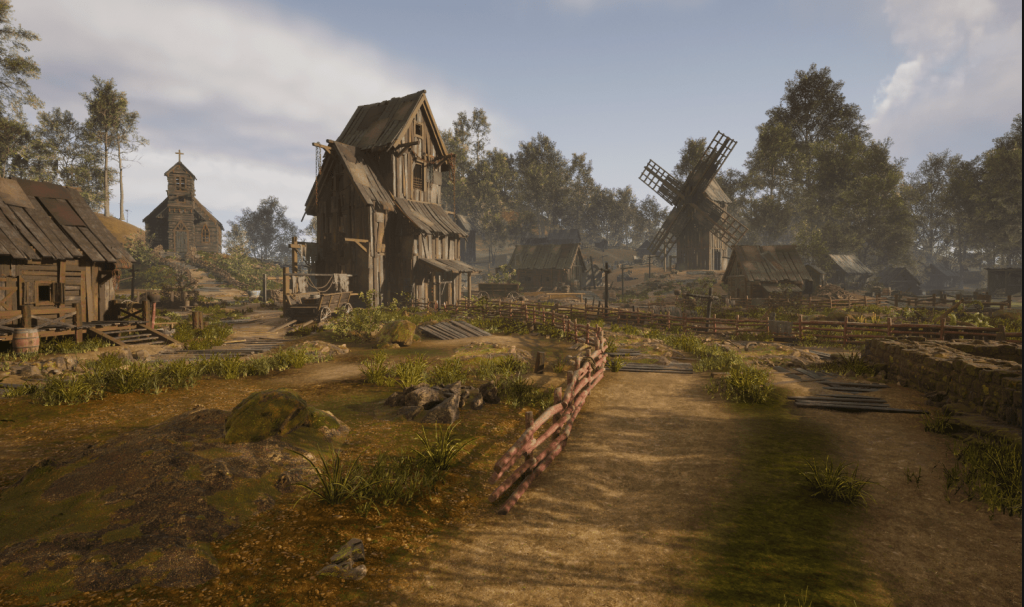
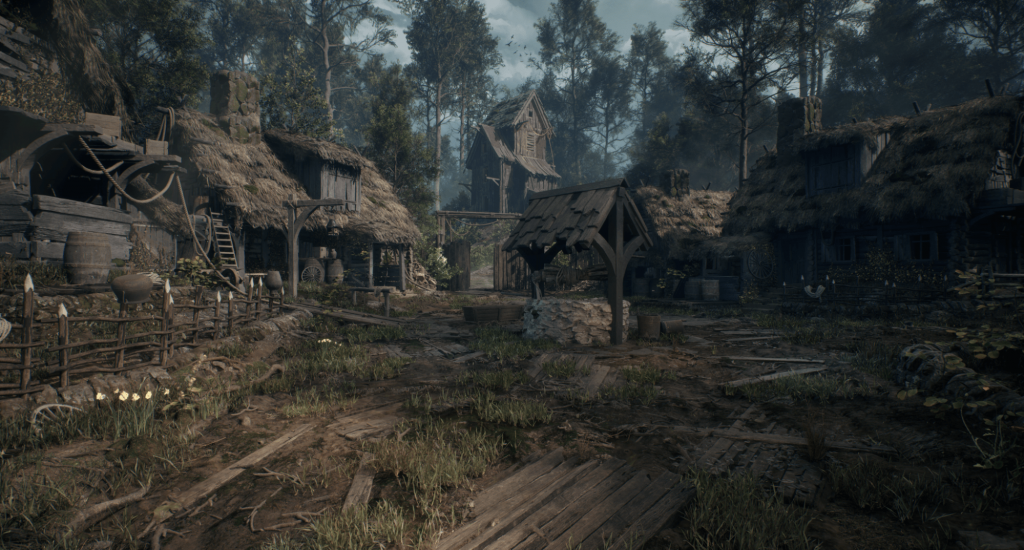
And that’s a wrap! Once again, we’d like to thank Olga Gimbicka for taking the time to talk to us.
Be sure to take a look at Olga’s Artstation here. See you in the next one!


